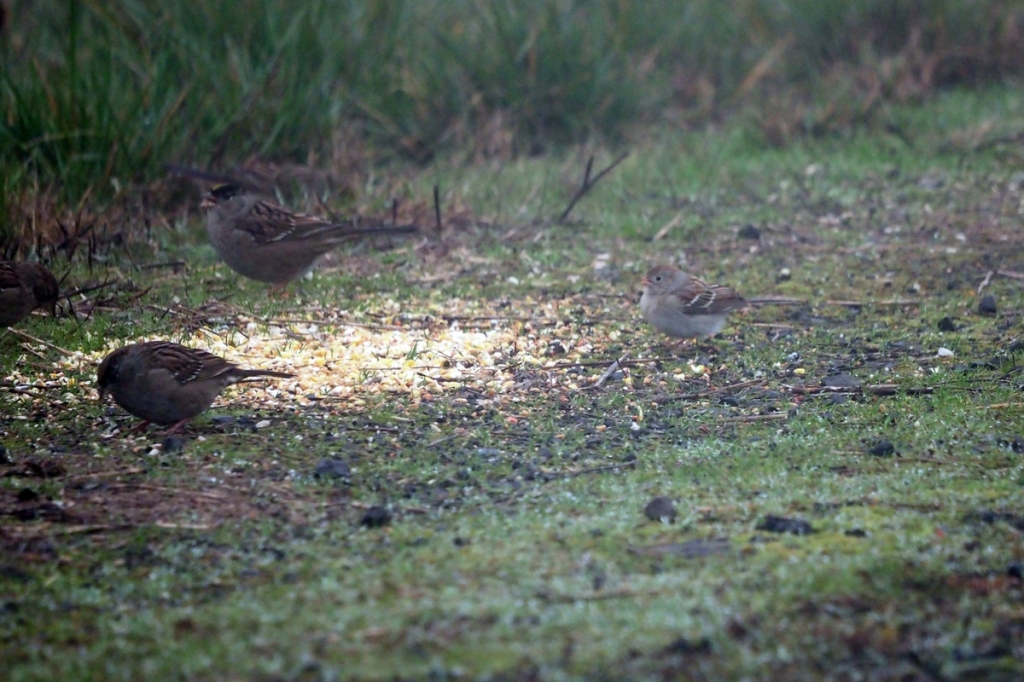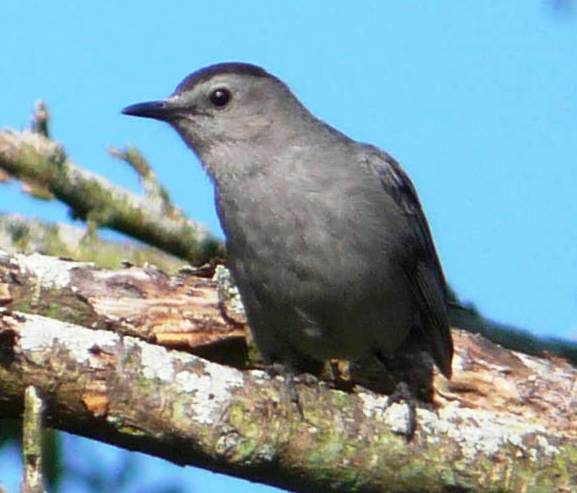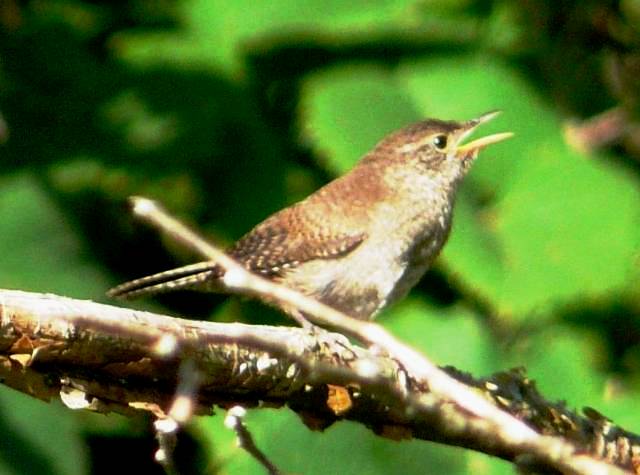
If you use eBird, and I hope you do, you will notice that when you report a bird that is unusual for your area, eBird requires you to make a comment. The purpose of this is to provide some documentation to support your sighting, making it more valuable for scientific purposes.
Unfortunately, many comments do not accomplish this. I recently saw a report for a bird that would be extremely rare for my area. The comment read, “singing in my tree.” Similar types of comment include “at the feeder” or “I had just spent 30 minutes in the bathroom so I stepped outside for some fresh air and saw this bird.” None of these really provide any useful information.
If you are going to document a bird, whether for eBird or for a bird records committee, make sure your comments actually describe the bird you saw. Things to include in your description include:
- the size and shape of the bird in direct comparison to nearby species.
- the size and shape of the bill
- distinguishing marks or patterns
- any vocalizations that you heard
- behaviors
- the habitat being used
With the advancement of digital photography in the past decade, it seems that everyone is a photographer now. If you can get a good photo of the bird in question, by all means, do so. But birds do not always pose for photos, and the lighting is often bad. So don’t underestimate the value of a crude sketch and some field notes. Even the most basic drawing, surrounded by brief written descriptions, can provide enough support for a solid rare bird report.
A detailed article on taking field notes, based on my article in Birding, is available on my Patreon.



 Common Yellowthroats and House Wrens are both found in Oregon, too, but it is always a pleasure to see them.
Common Yellowthroats and House Wrens are both found in Oregon, too, but it is always a pleasure to see them.